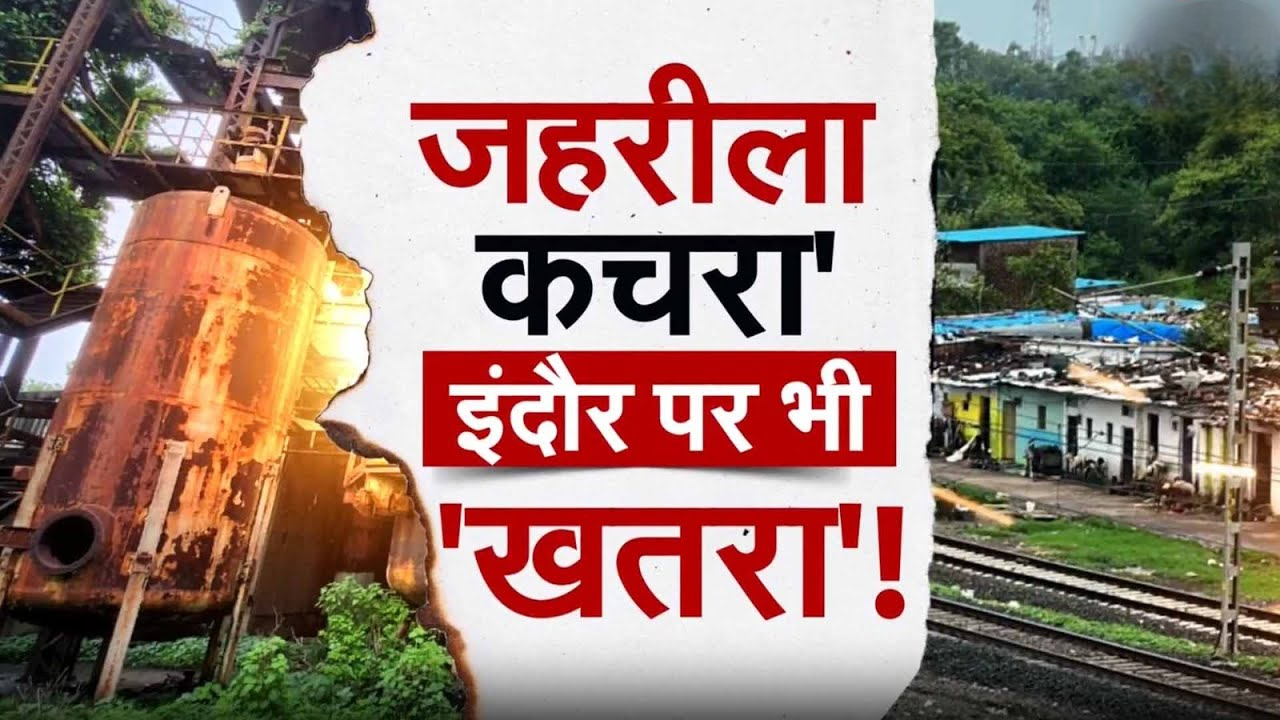By – Prakarsh Kastwar
On the fateful night of December 2, 1984, a catastrophic gas leak occurred at the Union Carbide pesticide plant in Bhopal, Madhya Pradesh, releasing highly toxic methyl isocyanate (MIC) gas into the atmosphere. This industrial disaster claimed over 5,000 lives immediately, with unofficial figures estimating fatalities and long-term health impacts affecting over 15,000 people. Survivors suffered from chronic illnesses, reproductive issues, and birth defects in subsequent generations.
The tragedy left behind 337 metric tons of toxic waste, including pesticide by-products and chemical residues, stored at the now-abandoned Union Carbide factory site. After 40 years of bureaucratic delays and failed attempts to dispose of this hazardous waste, the Indian government, in collaboration with the Madhya Pradesh government, has finally initiated its removal. Here’s a detailed account of what happened, why it took four decades to address the issue, and the plans to eliminate this deadly legacy.
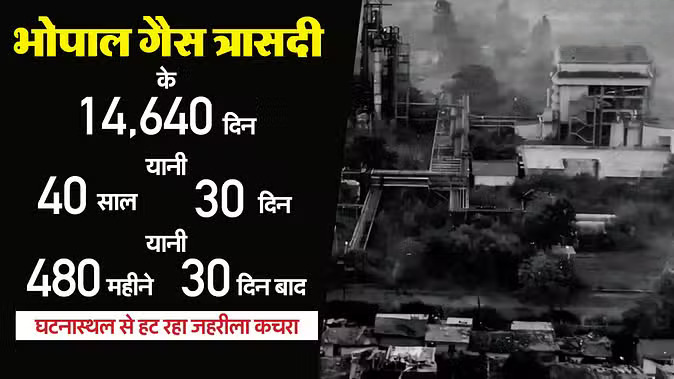
What Happened That Night in 1984?
The Bhopal Gas Tragedy, one of the world’s worst industrial disasters, began late on December 2, 1984, when water inadvertently entered a storage tank containing MIC. This triggered a chemical reaction, leading to the release of approximately 40 tons of toxic gas. The impact was immediate and devastating, with thousands dying in their sleep and many more succumbing to long-term health complications.
Union Carbide India Limited (UCIL), a subsidiary of the US-based Union Carbide Corporation (now part of Dow Chemicals), was held responsible. Despite legal battles in India and the US, the victims received limited compensation, and accountability for environmental damage remained elusive.

How Dangerous Is the Waste?
The toxic waste comprises pesticide residues, heavy metals like nickel and manganese, and hazardous chemicals such as lead, mercury, and chlorinated naphthalene. These substances are carcinogenic and pose severe health risks, including developmental issues in children and long-term environmental contamination.
Groundwater in areas surrounding the factory has been heavily polluted, with tests revealing the presence of toxic substances up to 10 kilometers away. Despite the environmental and health concerns, comprehensive studies to measure the full extent of contamination remain lacking.
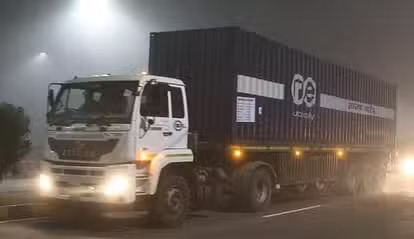
Failed Attempts to Dispose of the Waste
Efforts to address the toxic waste have faced multiple hurdles:
- Public Opposition: Attempts to transport the waste to Gujarat’s Ankleshwar incineration facility in 2007 faced protests, leading to a Supreme Court intervention halting the move.
- Inadequate Facilities: Trials conducted at treatment plants in Pithampur and other locations failed to meet safety standards for handling such hazardous material.
- International Setbacks: In 2012, a German firm, GIZ, withdrew its proposal to dispose of the waste in Germany following widespread protests.
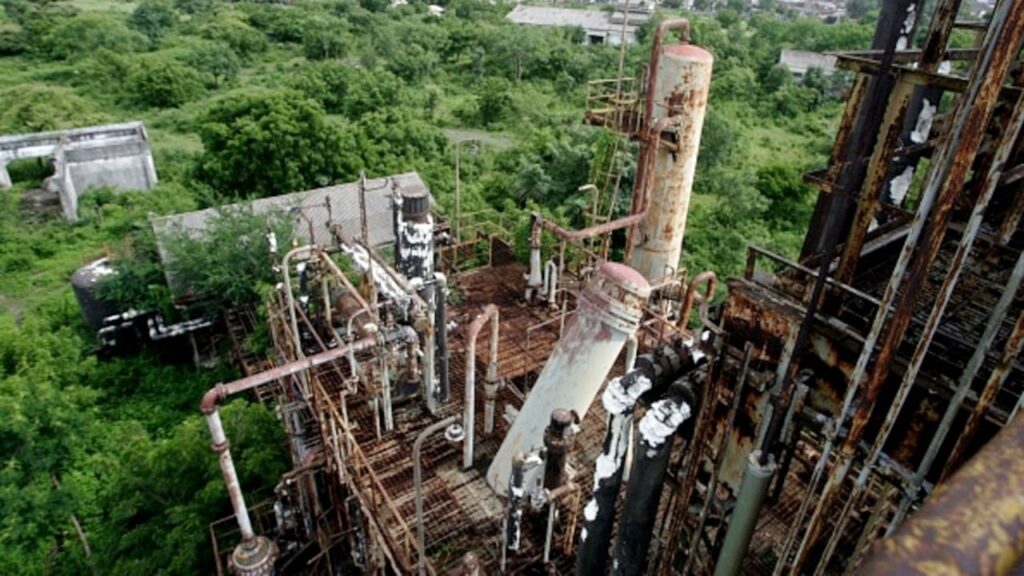
Why Has It Taken 40 Years?
The delay can be attributed to bureaucratic inefficiencies, lack of political will, and public opposition to waste disposal plans. Successive governments failed to prioritize the issue, leaving the waste to continue leaching into the soil and water.

The Current Plan for Waste Removal
On January 1, 2025, after nearly four decades, the removal process began. Key highlights of the operation include:
- Transportation: The waste is being transported in 12 fire-resistant, leak-proof containers from Bhopal to Pithampur, a 250-kilometer journey.
- Safety Measures: GPS monitoring, police escorts, ambulances, and fire brigades ensure secure transport.
- Disposal: The waste will be treated and neutralized at the Ramky Enviro Engineers facility in Pithampur before incineration.
The project, funded with ₹126 crore allocated by the central government, is expected to be completed within 180 days.
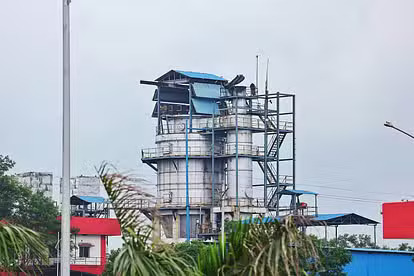
Lessons from the Bhopal Gas Tragedy
The Bhopal Gas Tragedy remains a grim reminder of corporate negligence and the lack of stringent environmental safeguards. It highlights the need for robust regulations, corporate accountability, and timely government intervention to prevent similar disasters.
As the toxic waste finally begins its journey to disposal, it marks a step towards closure for one of India’s darkest chapters. However, the long-term impact on the environment and affected communities will continue to demand attention and action.

